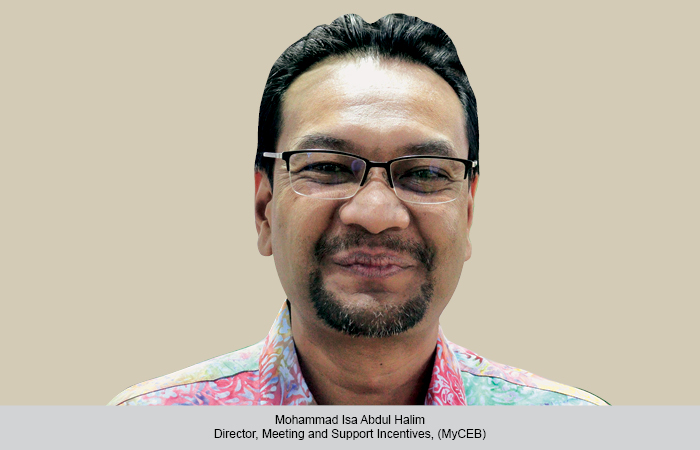A global health crisis is not the answer to improve sustainable tourism, but it has given us a cause to reflect on the impact of human activity on the planet – including how we travel. Just as COVID-19 has forced our lives to a standstill, it is time for us to consider the future of travel, says Kingshuk Biswas, In Charge CEO, Gujtour Development Company.
The immediate reaction to COVID-19 has been lockdown, which in turn means reduction of greenhouse gas emissions. There are innumerable videos/pictures floating around which show a cleaner world. When it comes to sustainability, there are actually three ‘pillars’ to consider: environmental, economic and socio-cultural. Anyone can easily comprehend that one of the pillars of sustainability – environmental – has been immediately impacted by this global health issue. Thus, sustainable tourism should:
- Make optimal use of environmental resources that constitute a key element in tourism development, maintaining essential ecological processes and helping to conserve natural heritage
and biodiversity. - Respect the socio-cultural authenticity of host communities, conserve their built and living cultural heritage and traditional values, and contribute to inter-cultural understanding and tolerance.
- Ensure viable, long-term economic operations, providing socio-economic benefits to all stakeholders that are fairly distributed, including stable employment and income-earning opportunities and social services to host communities, and contributing to poverty alleviation.
Travel and tourism has the potential to make the world a better place – by bringing economic benefits to poorer destinations, through cultural exchange and understanding, and through self-growth. By definition, sustainable tourism is good to the local people, their culture, and their environment. Tourism has to be sustainable in all three areas to truly be considered sustainable tourism. Sustainable tourism actually benefits everyone involved. Unsustainable tourism might be fine from the point of view of the tourist, but it’s unlikely to benefit or gain support from the host community.
The sustainable matrix (a brief picture provided herein) is an attempt to summarise the approaches towards policy framing. It matrix attempts to give direction to the major tourism entities of the sector, namely accommodation, airlines, destinations/tour operators and online travel agencies (OTAs). Based on the matrix, tourism policy makers should attempt to make these actionable points either through regulation or through incentives, whichever is feasible in their economies. This policy guideline has purposely left out the list of incentives which the destinations can offer, because incentives, tax reliefs, etc., will differ from nation to nation. The idea is to take these ready-to-use actionable points and frame the sustainable tourism policy accordingly.
(The views expressed are the author’s own. The publication may or may not subscribe to the same.)
 TravTalk India Online Magazine
TravTalk India Online Magazine




